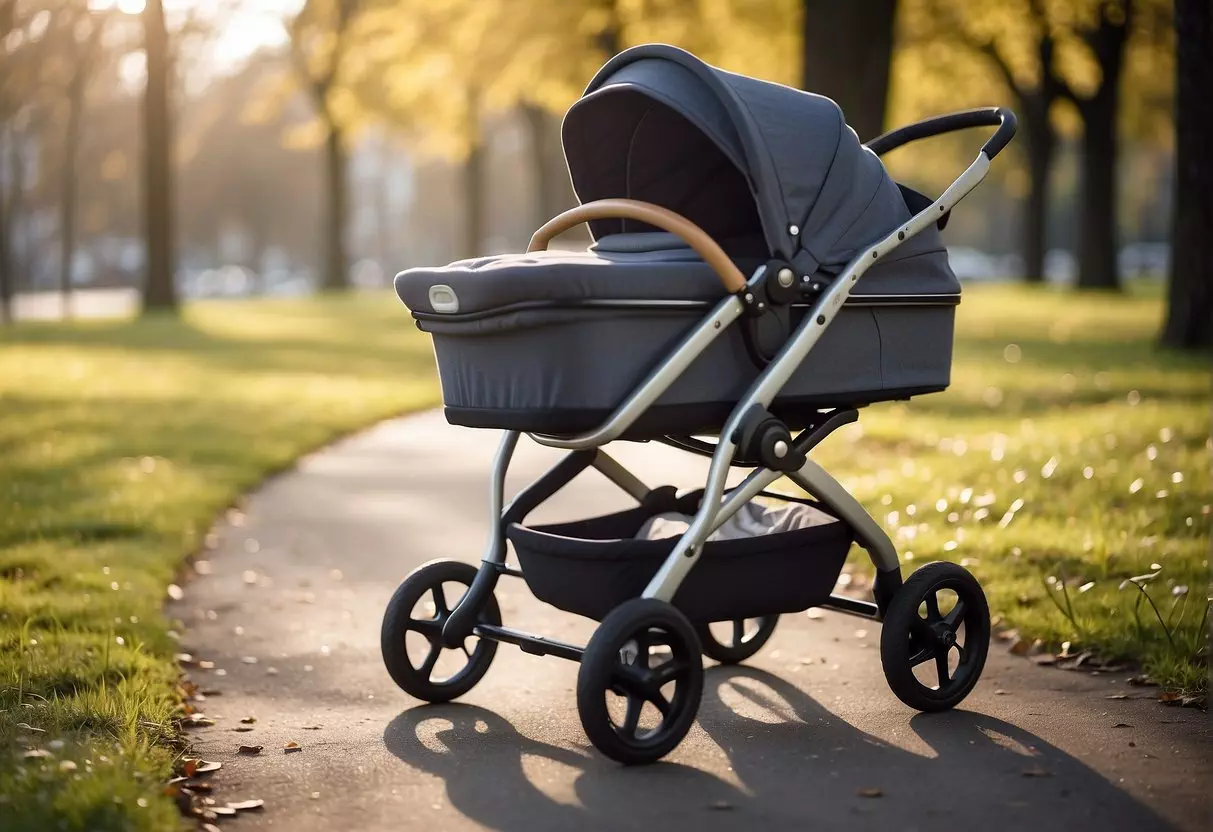Do You Need a Pram for a 2 Year Old? Deciding on the Right Toddler Transport
Deciding whether your 2-year-old still needs a pram can depend on various factors, including your lifestyle, the child’s development, and your daily activities. As your child grows, their need for a pram might change. For active parents who are often on the go, a pram can still be a helpful tool for managing longer outings or when your child needs a nap while away from home. It provides a secure place for your child to sit and can be a convenient way to carry your shopping and other essentials.

Yet, for a 2-year-old who loves to walk and explore, the pram might become more of an encumbrance than a help. At this age, children are developing independence and may resist being confined. It’s important to consider how often your child would realistically use the pram. For short trips to the park or the local shop where your 2-year-old can walk, a pram may not be necessary. However, if you’re planning a day out where there’s a lot of walking involved, or if your child tires easily, a pram could be valuable.
It’s also worth noting that strollers designed for older children might have features that cater to their increased weight and size, as well as their desire to look around and engage with their environment. [Sun protection] and storage can be especially helpful features as your 2-year-old becomes more curious and interactive during your outings. Assessing your specific needs and your child’s habits will guide you in making the best decision for your family.
Table of Contents
Evaluating the Need for a Pram at Age Two

As your child approaches the two-year mark, it’s time to consider the practicality of a pram tailored to their growing mobility and your lifestyle. Factors like your toddler’s love for exercise, the need for comfort during outings, and the dynamics of travel with a little one are all pivotal.
Child’s Mobility and Independence
At two years old, your child is likely embracing their newfound mobility. They may want to walk more than sit, which could mean a pram gets less use. However, a stroller with a reclining seat provides a snug place for naps when exhaustion from preschool or playdates sets in.
Pram Features for Toddlers
Look for a pram with an adjustable handlebar to cater to your comfort and a large storage basket to hold all the essentials. An umbrella stroller is a popular choice at this stage due to its lightweight and foldable design, making it convenient for quick trips.
Safety Considerations
Safety is paramount. Choose a pram that meets rigorous safety standards, such as those endorsed by the American Academy of Pediatrics. It should feature a sturdy safety harness and, if possible, enhanced safety features like a hand brake.
Transportation and Travel
If you often use public transport, a travel stroller can simplify your manage booking and check-in experiences. These strollers are designed to be easy to fold and carry, making them ideal companions for on-the-go families.
Choosing the Right Pram
Your ultimate choice might be a convertible stroller that transitions from a double stroller to support a growing family, to a jogging stroller for active parents, or even a stroller wagon for multiple children. Consider the stroller’s canopy size for weather protection and whether it aligns with your lifestyle needs.
Factors Influencing Pram Selection

When choosing a pram for a two-year-old, it’s important to consider several factors that cater to both your child’s needs and your lifestyle. These aspects determine the comfort, convenience, and overall value you get from a pram.
Child’s Comfort and Needs
Your child’s comfort is paramount when selecting a pram. Look for features such as a reclining seat and adjustable footrest, which can accommodate naps and growing legs. A suspension system and shock absorption are key for smooth rides, especially if you often walk on uneven surfaces. For children who still nap or spend extended periods in the pram, these features are worth considering.
Parental Convenience and Lifestyle
Consider how the pram fits into your daily life. If you live in an urban area or navigate public transport, a lightweight stroller or a compact stroller with an easy one-hand fold may be essential. For parents who enjoy jogging or long walks, a jogging stroller with sturdy wheels might be suitable. Features like a parent tray, cup holder, and ample storage basket add convenience for carrying essentials.
Cost and Value for Money
Prams range in price, from budget-friendly models to high-priced versions with high-end features. Assess whether the cost reflects the pram’s quality and longevity. Sometimes investing more initially can save money in the long run, as prams with higher-quality materials tend to last longer.
Assessment of Stroller Types
Finally, assess the types of strollers available. An umbrella stroller is typically lightweight and good for travel. If you have more than one child, a double pram might be necessary. The full-size stroller, like the city select 2, provides durability and typically more features. It’s important to weigh the benefits of each type based on your specific needs.
